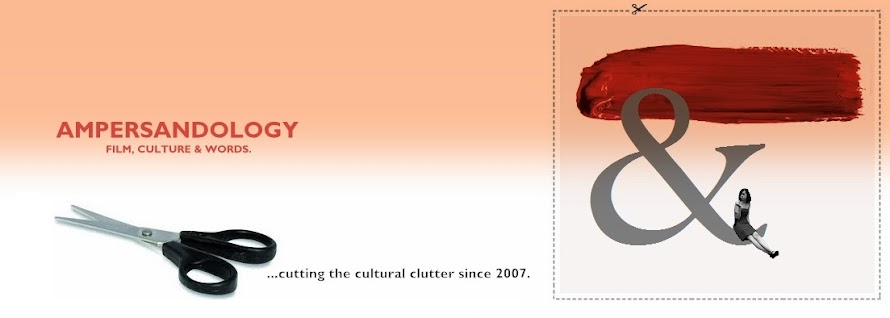At what point does an homage become a rip-off?
That's a question on my mind amid all the hype for the new Quentin Tarantino film, Inglourious Basterds—if this is the first you’ve heard of it, congratulations: you’re the first human being to successful survive without food or water under a rock for nine months.

My relationship with Tarantino’s work has always been a mixed bag—I can watch his films, enjoy them even, but something’s never quite right. The line between rip-off and homage has always been very thin, and it's one that Tarantino seems happy to stomp over time and time again. The question is difficult to answer: at what does a loving tribute transform into uninspired shorthand?
But this is a fact: films reference films. It's a visual medium, and therefore, it quickly becomes difficult to pull off a shot that is unlike any other shot in over 100 years of examples. There are really only so many ways to set up a shot; so many ways to portray a character. Sometimes, an homage becomes a shorthand to conveying to your audience certain themes, dilemmas or times of social upheaval (see: Christ figure, Cool Hand Luke); other times, it seems the lazy way to let someone else's work telegraph the hard parts (see: any Scary Movie film, ever).
This is where the tricky part with Tarantino comes in: anyone who has heard him speak at length can sense the man's deep love of films. But it doesn't take much investigation to find how just how deep that love goes: he has taken his favorite scenes from his favorite movies and reproduced them wholesale. Many sequences are an elaborate game of 'pin the film reference.' He even references himself. My problem with this is that I can't help but think: is that even making a film? It's the Dr. Frankenstein method of directing.
Or, when it comes to Tarantino, is homage the whole point? The man’s a rip-off artist...but with an emphasis on rip-off or artist? To solve this, you’ve got to look backwards to see where he came from to understand where I'm going.
Part One: The Birth of the Loving Tribute
Blame it on the 1960s.
Late in the decade, a new school of thought was stepping in on traditional studio-era film making, thanks to the newly minted graduates of the industry's first formal film schools. Hailing almost exclusively from the East Coast, these cats were one of the first generations that had been raised by movies --kids in the 1930s and 40s, when American film making had transformed from an amusing fad to an art form, they had grown up worshipping the silver screen and its infinite possibilities.

Their names are big nowadays –Scorsese, Coppola, Spielberg, Bogdanovich and Beatty, to toss out a few---but back then they were just kids who had gotten into the business not for the fame, or for the perks—by and large, they had been lured in by a simple love of movies.
The 1970s also marked an incredible freedom of control for the people behind the camera—the director was the thing. Studios turned out creative control and gave artistic freedom—mostly because they sensed the change a-comin’ and feared losing the box office receipts of counterculture kids who were uninterested in lining the pockets of the Man.
The decade had been a long battle to win viewership away from the newly-popular television, which was both free and surrounded by the comforts of home. Hollywood first tried to go big, trying to imitate past successes--showboat musicals (like Hello Dolly! and Doctor Doolittle) and historical epics (Cleopatra) were churned out in an effort to provide an experience that the audience could find nowhere but the big screen. But the formula fell flat and these films were by and large flops--the audience wasn't interested in the same old thing. A new wisdom was born, mostly out of desperation: give the pictures over to those same long-haired kids who thought their stories were going to change minds, and stay in business.
So there’s your recipe: take one crop of green, eager filmmakers, mix in plenty of freedom and cash, and watch Hollywood Europe that was all about self-conscious film making that rejected traditional cinematic form. In other words, no more tidy Hollywood maxims about films unfolding in a certain way. Try instead: abrupt and jarring jump cuts, bizarre and lengthy montages and vague story lines.

So for the fresh faces suddenly ruling Hollywood
That was a long precursor to a simple idea: the birth of the film buff, and the idea of homage in film would never be the same.
Next: Part Two, A Breakdown of Onscreen Shorthand


No comments:
Post a Comment